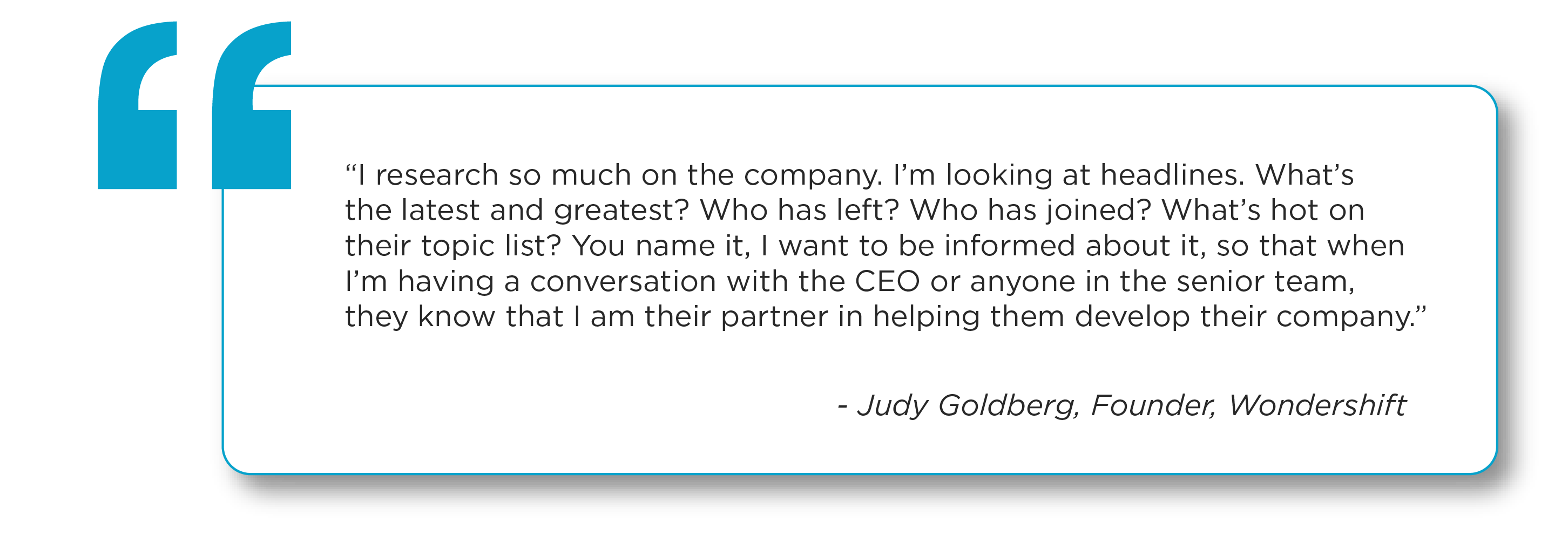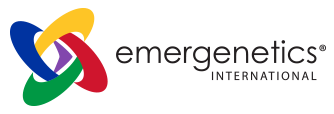
What trends are shaping Learning & Development (L&D) in the year ahead?
With the release of our annual guide on this topic, my colleagues and I will share blog posts about each of the nine priorities highlighted in the report. The articles will offer actionable recommendations so you can set your team up for success in 2026.
First, I’ll explore the trend: Business Alignment & Measurement.
Why It’s Essential to Connect L&D Programs to Business Goals
Leaders are increasingly aware of the skills gaps that exist in their companies. Nearly 50% of executives are concerned that employees don’t have the right competencies to execute their strategies. The World Economic Forum identified that skills gaps were the most significant barrier to organizational transformation, with nearly 40% of the capabilities required on the job set to change.
The need for training is clear, yet learning professionals often face challenges in showing tangible results from their initiatives that align with strategic priorities. Every department is being asked to demonstrate return on investment (ROI) as budgets grow tighter and executive leadership hesitates to spend in times of volatility.
The L&D teams that grow their programming in 2026 will be the ones who can connect their offerings to broader business goals, measure learning impact and clearly articulate the near- and long-term value of their efforts.
How to Align L&D Initiatives with Business Strategy
Developing a strategy is not a one-time event. It requires regular monitoring and continuous improvement. To ensure that your training programs support organizational success, focus on three repeatable steps:
#1 – Review the company’s goals & workforce priorities
Most organizations will share their strategic plans and annual key results with staff. Use these documents, business objectives and your company’s vision or mission statement as a roadmap for learning and development programs. Reviewing the information, assess how your workforce will need to adapt and transform to achieve the goals set out for the year and for the desired future state.

#2 – Map skills development to strategy execution
Dig into the details by assessing the specific capabilities required to fulfill the defined strategy. Consider both the technical and human competencies that will propel the business. Use existing skills inventories as well as performance reviews, assessments and self-evaluations to compare the current state with future needs. To identify top gaps to close, analyze which competencies are most essential to mitigate risks, achieve company goals and attain a competitive advantage.
#3 – Involve leadership in defining success criteria
Meet with executives and department heads to share your findings and explain the alignment between the business strategy and your efforts. Note the performance metrics you plan to measure and the specific changes you anticipate from your training programs. Make connections to the bottom line and solicit input from leadership to understand their top priorities, desired outcomes and the KPIs that would indicate that your learning initiatives have been successful.
Examples of Business-Aligned Learning & Development Programs
To illustrate how these practices can come to life, I invite you to explore this case study from the Virginia Department of Social Services. One of our Emergenetics practitioners partnered with the leader of the agency, who was facing challenges in reaching their organizational goals. The department was struggling to operationalize a practice model and experienced challenges with employee retention.
After participating in our Meeting of the Minds workshop, the team used the seven Emergenetics Attributes to guide how they would communicate and collaborate differently based on one another’s strengths. They also outlined the steps they needed to take to boost performance with consideration for their preferences.
The training program empowered the department to:
- Turn around stagnated performance
- Increase average tenure
- Enhance career development
You can see more examples of how Emergenetics can advance organizational goals, like improved performance or increased employee engagement, here.
How To Measure Learning Impact Beyond Attendance
Understanding the success criteria that business leaders are looking for does more than simply secure buy-in for your efforts. It also encourages higher training adoption rates across the company and ensures that your L&D programs provide value for the employees you serve.
While it is still useful to assess learner engagement and the overall learning experience to gain actionable insights to optimize your training content and delivery, it’s essential to reinforce the connection to business needs. To do so, track metrics related to:
Behavior Change
When staff begin to apply what they have learned from your employee development initiatives, what will work look like? What will they do differently? And, how will these adjustments impact organizational objectives? These insights can help you determine behavior changes to assess through self-reported surveys, performance reviews and skills assessments.
Key Performance Indicators
What outcomes are your key stakeholders looking for? Is it increased sales, elevated customer satisfaction scores, improved productivity or some other KPI? Identify how your training initiatives will support these priorities and work backwards to determine what evaluation questions, performance measures or engagement metrics will help you connect your L&D programs to these needs.
Financial Impact
Challenges like employee retention and poor productivity are expensive. To reinforce the business impact of your efforts, show the cost-benefit analysis behind development. For example, if you’re striving to improve communication, look up statistics about its effect on the bottom line. Grammarly estimates that employees waste 7.5 hours of time each week due to miscommunication. Multiply that figure by the average hourly salary of your staff. When you consider that cost over an entire year, the price tag is significant. You can then use pre- and post-surveys after your sessions to reveal how much time (and money) employees have saved by reducing this headache.

As you refine your measurement strategy, you can find more ideas on potential development metrics to analyze in this blog post and popular measurement models here.
A WEApproach to Reporting on Business Outcomes
It’s important to regularly communicate the effectiveness and value of your learning programs so executives understand how your department contributes to the organization’s success. Engage your audience using the Emergenetics Thinking Attributes.
 Analytical
Analytical
Honor this preference by sharing dashboards to communicate high-level statistics related to the financial impact of your training initiatives and their relationships with top organizational objectives.
 Structural
Structural
Speak to this style by giving executives the option to dive into specifics about each offering, including time spent in trainings and details on specific changes in day-to-day behaviors as well as on-the-job applications.
Social
 Tell a story to engage this Attribute. Include case studies of teams, quotes from participants as well as personal examples to show how your learning programs are improving the workplace experience.
Tell a story to engage this Attribute. Include case studies of teams, quotes from participants as well as personal examples to show how your learning programs are improving the workplace experience.
 Conceptual
Conceptual
Include visuals in your dashboards to paint the picture of your team’s success and illustrate how your efforts contribute to the company’s long-term vision and strategic plans.
Looking Ahead: Boosting Business Alignment in L&D
Being able to articulate the strategic alignment between your L&D programs and business goals with clear, objective data points will be a differentiator for successful talent developers in 2026. Those who can prove their impact on measurable business outcomes will gain greater budget support and positively influence both their organization and the people inside of it.
Additionally, effective L&D teams will be the ones who promote human-centric leadership practices, which you can learn more about in our blog post in two weeks! If you can’t wait to uncover the top trends affecting training professionals today, be sure to download our report today.
How can Emergenetics advance your strategic goals? Let’s discuss your top priorities! Fill out the form below to connect to our team.
 Print This Post
Print This Post

